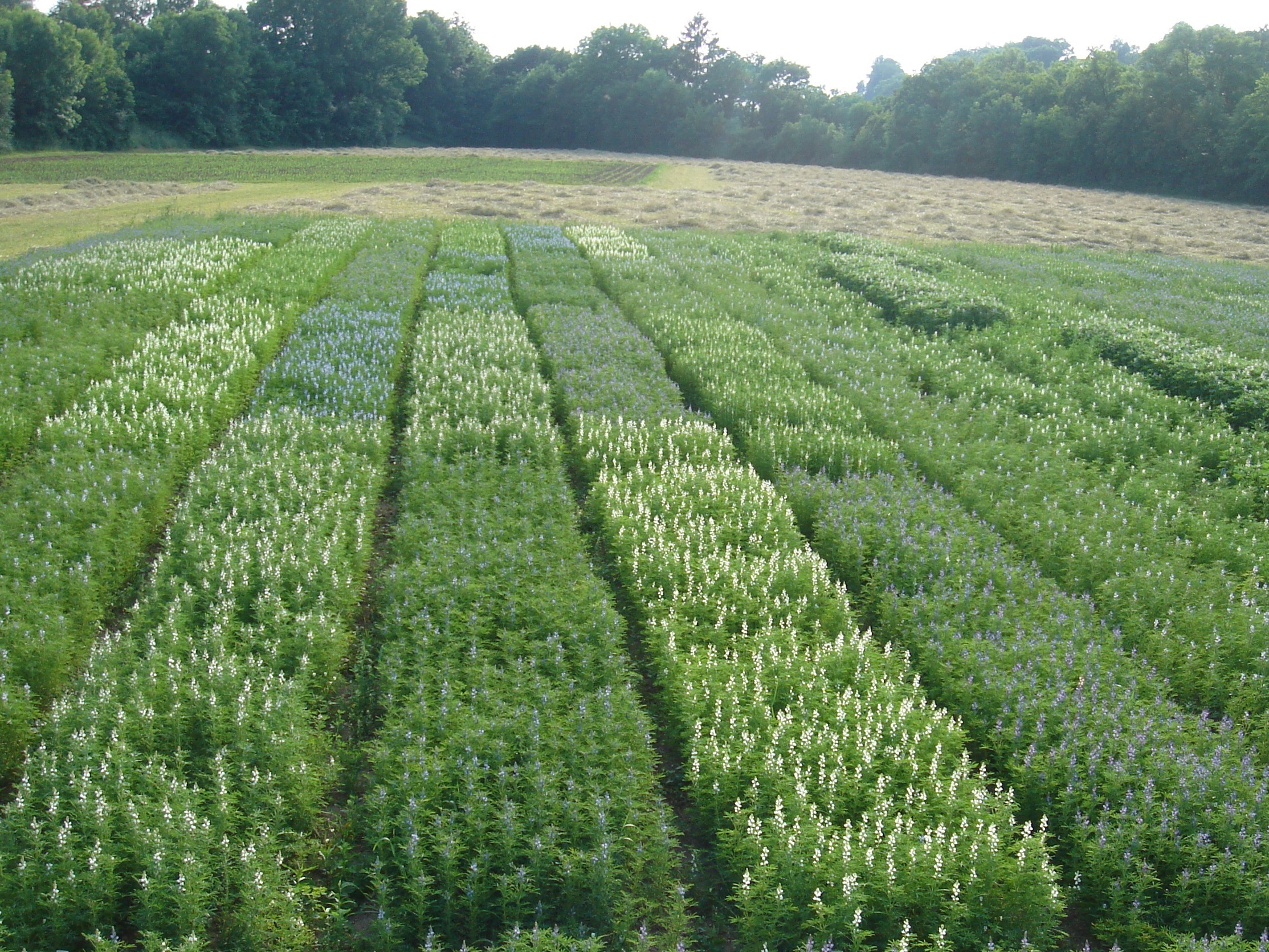The study period is characterized by the appearance of a number of new pathogens and new clinical pictures of already known pathogens. The causes of these changes are largely due to exceptional weather situations, which can also be attributed to global warming. Colletotrichum trifolii which has so far been known primarily from the Mediterranean region and which for the first time caused significant damage to red clover in Austria. The massive occurrence of Colletotrichum wilt of potatoes observed in recent years can also be linked to climate warming, as this disease primarily occurs as a result of drought stress. Rising autumn temperatures promote the flight activity of virus-transmitting viruses, which for the first time has led to severe damage caused by the barley yellow dwarf virus (BYDV) and the wheat dwarf virus (WDV) in the western foothills of the Alps. The soil-borne barley yellow mosaic virus (BaYMV) and the mild barley mosaic virus (BaMMV) were detected for the first time in winter barley. Also new to Austria are the Brome Streak Mosaic Virus (BrSMV), the Barley Dwarf Virus and the Cereal Yellow Dwarf Virus (CYDV). Pseudomonas cichorii and Pseudomonas syringae pv. syringae in peas and faba beans are also new

Lupins
HBLFA Raumberg-Gumpenstein





